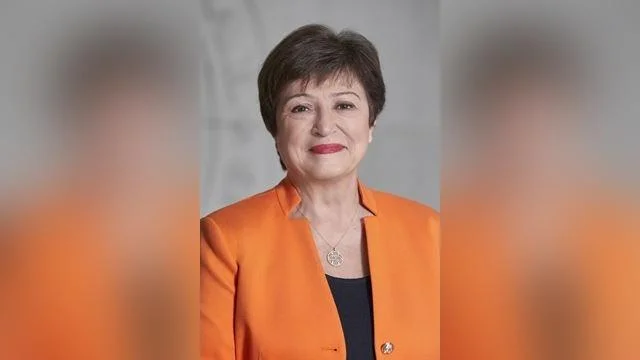Costa Rica has secured a two-year Flexible Credit Line (FCL) from the International Monetary Fund (IMF), following years of economic reforms that have strengthened its growth, reduced debt, and lowered poverty. The IMF’s approval in June marks a significant recognition of Costa Rica’s progress in improving fiscal discipline, modernizing its tax system, and diversifying its economy.
The FCL is available only to countries with strong economic fundamentals and robust policy frameworks. It acts as a precautionary tool, offering liquidity during periods of global uncertainty and signaling confidence in the country’s economic management to international markets.
Varapat Chensavasdijai, head of the Costa Rica country team at the IMF, outlined the evolution of Costa Rica's economy since 2015: “Costa Rica started to implement an impressive reform agenda in 2015. Reforms included a fiscal rule that ties spending to GDP growth and debt levels, tax system modernization, and steps to strengthen the financial system and competition. These included submitting a bill to upgrade bank resolution and deposit insurance, a concrete step to strengthen the country’s financial safety net, alongside efforts to cement central bank autonomy. A long-term effort to diversify the economy has begun to bear fruit, boosting exports of advanced manufactured goods (such as medical devices, electronics, and aerospace components) and business services (like IT and digital services, business process outsourcing, and call centers). A series of IMF lending facilities have supported Costa Rica’s reform agenda since 2020.”
According to Chensavasdijai, these reforms have delivered tangible results between 2021 and 2024: annual GDP growth averaged 5 percent; public debt dropped by eight percentage points relative to GDP; and poverty fell by five percentage points. In addition, Costa Rica joined the Organization for Economic Cooperation and Development in 2021.
Alberto Behar, former senior economist at the IMF, described how Costa Rica has made use of four different IMF programs since 2020. These ranged from emergency financing through the Rapid Financing Instrument during early pandemic pressures to longer-term support via an Extended Fund Facility focused on fiscal reforms and inclusive growth. The Resilience and Sustainability Facility backed climate initiatives from 2022-2024. With the recent FCL arrangement in 2025—its fourth program—Behar noted: “These programs show how IMF support evolved, from urgent balance of payments needs to precautionary measures and long-term stability. It’s worth adding that Costa Rica is the first IMF member to go from a lending facility addressing actual balance of payments needs to an FCL within a year. This shift underscores the country has transitioned from stabilization to resilience. It also illustrates the Fund’s agility in adapting its support to members’ changing needs.”
Santiago Acosta-Ormaechea, former resident representative for Costa Rica at the IMF, explained why authorities sought this new credit line: “After successfully completing the previous programs, Costa Rica requested the FCL to reinforce investor confidence in its very strong economic fundamentals and policy frameworks. This credit line provides insurance against external shocks amid heightened global uncertainty. It signals a continuous focus on fiscal responsibility, prudent monetary policy, and robust financial regulation. Access to this facility builds on years of close collaboration with the IMF, and reflects the country’s commitment to maintaining very strong policies and resilience.”
Acosta-Ormaechea added that while there are no plans for immediate use of funds under this credit line: “By standing ready to provide financial assistance if needed, the FCL strengthens investor confidence and supports efforts to safeguard macroeconomic stability. It also helps align policies among Costa Rican authorities, legislators and other key stakeholders by encouraging continued reform efforts and dialogue, since access is reviewed every 12 months. Over time, we expect this commitment to spur growth, help lower financing costs, create jobs, and enable further reductions in poverty.”
Looking ahead as elections approach next year, Chensavasdijai emphasized continuity: “With elections next year, the priority should be to maintain very strong policies and institutional frameworks that successive administrations have already upheld over recent years. It’s important to continue reducing public debt, strengthening central bank independence, easing supply-side bottlenecks, and improving the legal framework for financial oversight and crisis management.”
Costa Rica's move from stabilization-focused lending arrangements toward a precautionary facility like the FCL highlights both its progress on economic fundamentals as well as ongoing efforts toward sustainable development.

